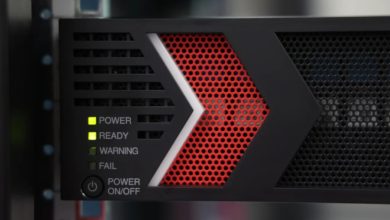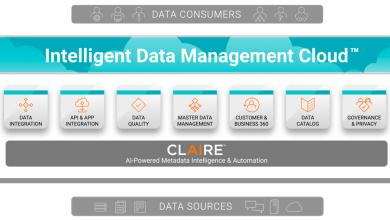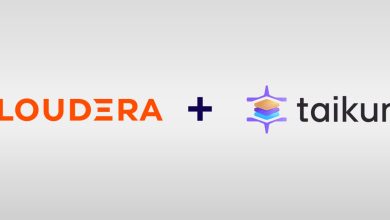
Do you know all there is to know about your assets?
As your business grows, it becomes increasingly important, yet challenging, to have a comprehensive understanding of all the assets you own and manage. This is because, in the world of asset management, we are witnessing an unprecedented explosion of data. It’s a treasure trove of invaluable information that holds the key to optimising operations, but here’s the catch: this data remains largely untapped and underutilised.
Astonishingly, over two-thirds of this wealth of data goes unused, buried under the weight of complexities involved in integrating multiple platforms, devices, and assets.
This is where intelligent asset management plays a crucial role, especially for large businesses.
Find out what asset management should be like in today’s digital era by downloading this brief.
Unfortunately, there are challenges associated with asset management, including a few major ones that might render it ineffective. One of these challenges is the lack of not only relevant data but also complete visibility. Both are crucial as they provide asset managers with the insights they need to make informed, sensible decisions about their assets. But data collection and analysis can be costly, time-consuming and complex, with data quality and consistency often varying across different sources and systems.
Another challenge is the uncertainty and complexity of the external environment— market conditions, technological changes and regulatory adjustments, to name a few—which can affect a company’s assets, either positively or negatively. For example, technological changes can improve asset efficiency and functionality, but also increase obsolescence and cyber risks.
Yet another challenge is the misalignment between the stakeholders’ interests and expectations. Asset managers need to balance the needs and preferences of all stakeholders—the owners, operators, customers, regulators and investors—and they might have different objectives and perspectives as regards asset performance, risk and value.
Consider, for instance, a company’s executives who want to maximise asset utilisation and profitability but have to deal with operators who are working towards minimising asset downtime and reducing maintenance costs. In such case, asset managers are all but stuck between a rock and a hard place and are expected to strike the perfect balance in terms of meeting both parties’ objectives.
Addressing these key challenges is a step towards efficient and effective asset management, and it starts by investing in the right asset management solution that can:
- Integrate, validate and standardise data from various sources.
- Establish clear data governance policies and procedures to ensure data quality and security.
- Provide complete visibility of assets and all pertinent information about each one.
- Utilises innovations like automation to optimise asset management and improve operational performance.
- Enable preventive and prescriptive maintenance strategies to extend the asset lifecycle.
These might seem a lot to ask for from an asset management solution, but not if it is IBM Maximo, which combines intelligent asset management, monitoring, predictive maintenance and reliability in a single platform. Available as managed Software-as-a-Service or deployable in any Red Hat OpenShift® environment, IBM Maximo specifically offers these benefits:
- Reduced downtime and costs by optimising and automating asset management and maintenance processes through preventive and prescriptive maintenance.
- Embedded industry expertise that leverages best-practice industry data models and workflows and industry solutions tailored to specific asset types and business needs.
- Unified asset management platform that provides a single, integrated view of all assets across the enterprise.
- Enhanced return on assets through improved asset performance and reliability asset lifecycle management.
In other words, IBM Maximo is the solution organisations need to address the asset management-related challenges they may be facing—and to make sure their asset management is as efficient and as effective as possible.
Click HERE to find out more about IBM Maximo and how it can transform your organisation’s asset management.





